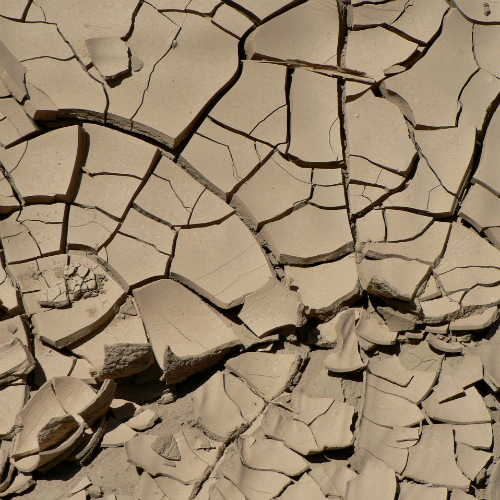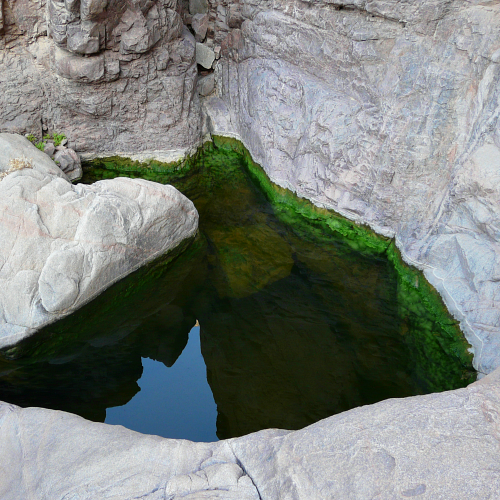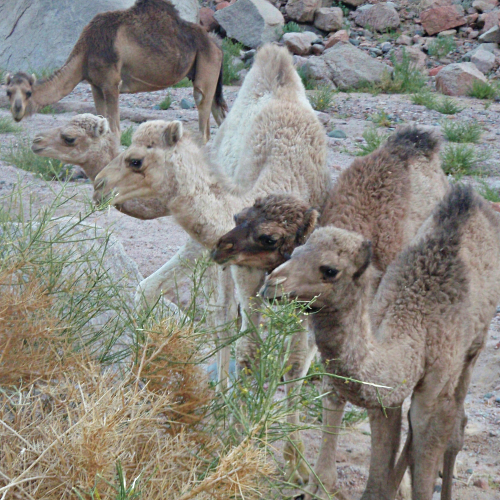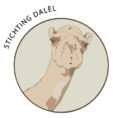
History Sinai & the Bedouin
Sinai is the peninsula between Egypt and the large Arabian peninsula. The original inhabitants of the Sinai are Bedouin, Arabian desert nomads. There are about 15 different Bedouin tribes living in Sinai.
The Muzayna tribe ended up in the Sinai some 400 years ago from Saudi Arabia. For centuries they travelled through the Sinai desert with their herds, moving from pasture to pasture grounds.
Sinai has known various dominations in the past centuries. During the last two dominations it has gone back and forth between Israel and Egypt during the last 50 years before 1985. Since 1985 the Sinai belongs to Egypt again.
The changing occupation and ownership of the region has, for many generations, had an indelible and far reaching influence on daily life and on the identity of the Bedouin.
The various governments have dealt differently with the Sinai and its inhabitants. However, all the different governments share in common that they have encouraged the Bedouin to settle themselves permanently and end their nomadic lives, as a means of keeping control over them.
Bedouins were and are seen as a minority group and as second class citizens, similarly to the way Travelers or Gypsies were seen and treated in Europe (and sometimes still are).
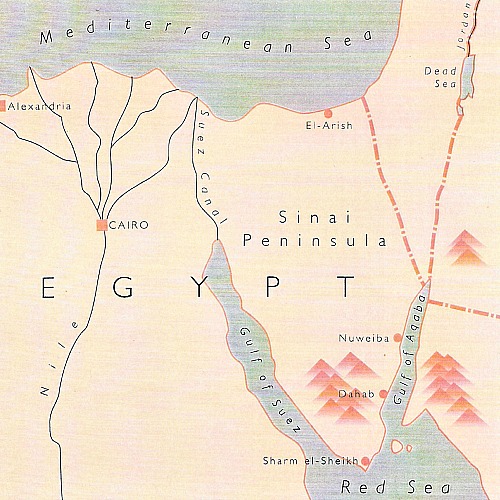
A more and more arid desert
Since the early ‘80’s rainfall reduced strongly in the Sinai, which resulted in a more and more arid desert:
- less and less pastures
- drying up of wells
- reducing of wild life (gazelles, ibex, foxes enz)
- reducing of acacia trees and date palms
From the moment the Arabic Spring started on the mainland of Egypt in January 2011, the rainfall started in Sinai, which caused a flowering desert in Sinai for the first time in thirty years! There couldn’t be a bigger contrast with a peaceful abundancy in South Sinai versus a revolution on the mainland…
